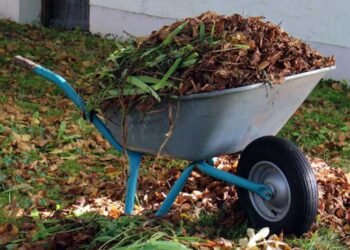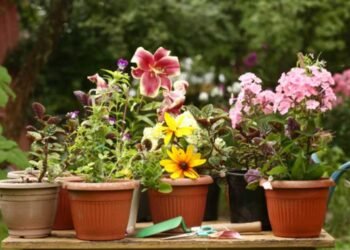Landscaping can transform a space into a serene and vibrant environment. For beginners, the process might seem daunting, but with the right guidance and a touch of creativity, anyone can design a stunning landscape. Here’s a step-by-step guide to help you get started on achieving the perfect landscape for your home.
1. Understand Your Space
Before you start planting, take the time to really understand your garden’s layout. Note the areas that receive full sun versus those in partial or full shade. Understand the soil type, drainage patterns, and the prevailing winds. These factors should influence your plant choices and their placement. Additionally, consider how you want to use your space—whether for entertaining, relaxing, or growing vegetables and herbs.
2. Plan Your Design
Start with a rough sketch of your garden, marking existing structures, trees, and shrubs. Decide on the style you prefer—formal, informal, cottage, woodland, etc.—and imagine how different elements can fit together cohesively. Utilize online tools or consult with a landscape designer if you need help in visualizing or plotting the design.
3. Choose the Right Plants
Select plants that not only match your garden’s conditions but also your maintenance expectations. Native plants are often recommended because they are adapted to the local climate and usually require less water and care. Keep the mature size of plants in mind to prevent overcrowding and give them space to reach their full potential. Include a combination of perennials and annuals to create year-round visual appeal.
4. Focus on Soil Health
Your landscape’s success heavily depends on its soil health. Have your soil tested to understand its nutrient and pH levels, then amend it accordingly. Adding organic matter can improve soil fertility and texture, promoting better root growth and water retention.
5. Implement Hardscaping
Before planting, complete any hardscaping projects such as pathways, patios, or retaining walls. These elements provide structure and define spaces within your garden. Choose materials that complement your home’s exterior and the garden’s style. Properly installed hardscaping can last for years and enhance the overall aesthetic of your landscape.
6. Planting and Mulching
Arrange your plants while they are still in their containers to get a sense of how they will look together. Once satisfied, plant them at the depth they were in their pots. After planting, apply mulch to help retain moisture, suppress weeds, and provide a clean finish to your garden beds. You can get bulk mulch in Atlanta, as you need several inches to make a decent layer.
7. Watering and Maintenance
Establish a regular watering schedule based on the needs of your plants. Over time, adjust your watering practices as your plants mature and the seasons change. Regular pruning, deadheading, and dividing perennials will keep your garden looking its best and encourage more blooms.
8. Review and Adjust
Your landscape will evolve over time; your garden will and should look different at year than it looks at year five or year ten. Regularly take stock of what’s working and what isn’t, replacing plants that don’t thrive and adjusting your layout as necessary. This ongoing process will help you fine-tune your landscape and ensure its long-term success.
Conclusion
Designing the ideal landscape may seem challenging, but with thoughtful planning and attention to detail, it can be very fulfilling. By adhering to these tips, even beginners can create a stunning, sustainable outdoor area that enhances their home and provides a tranquil escape.












